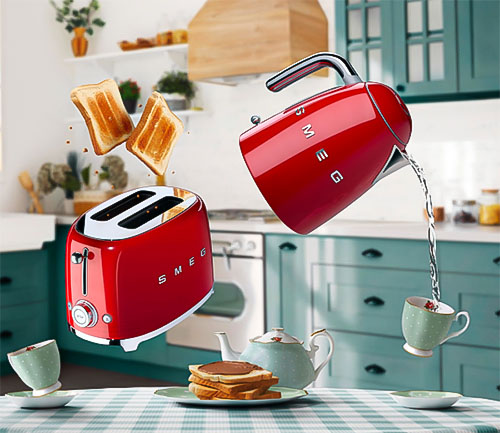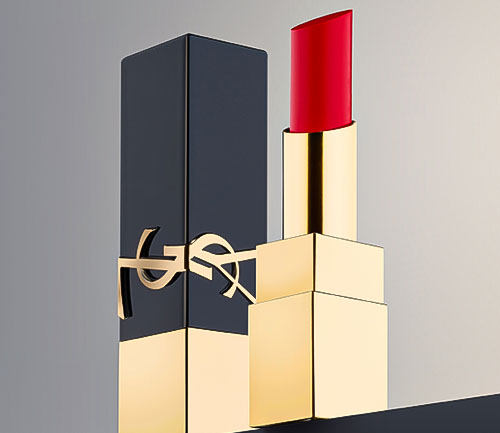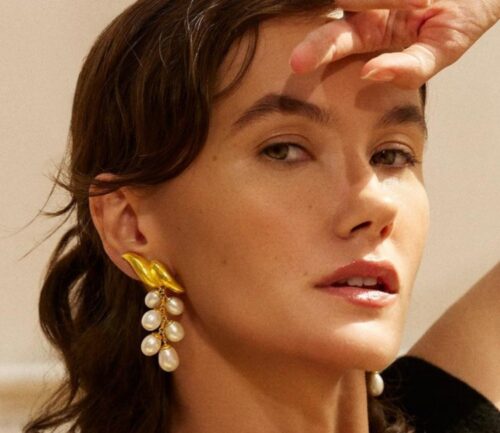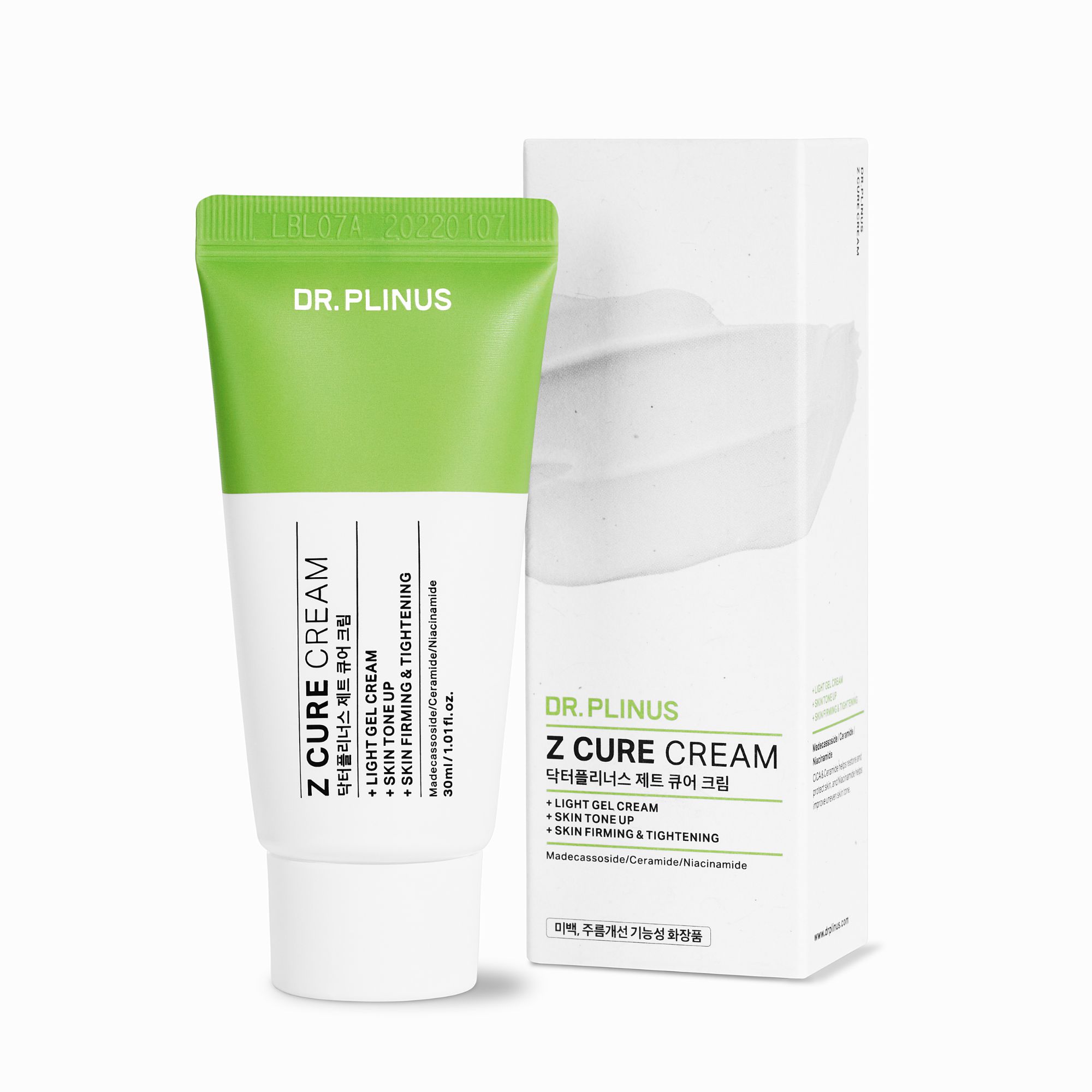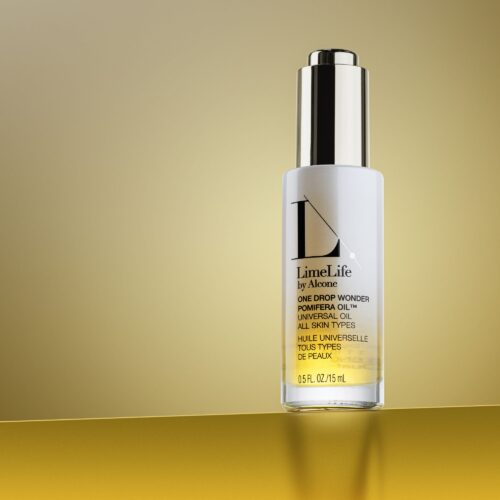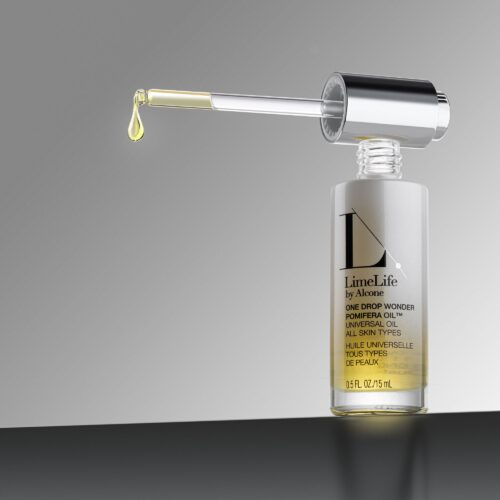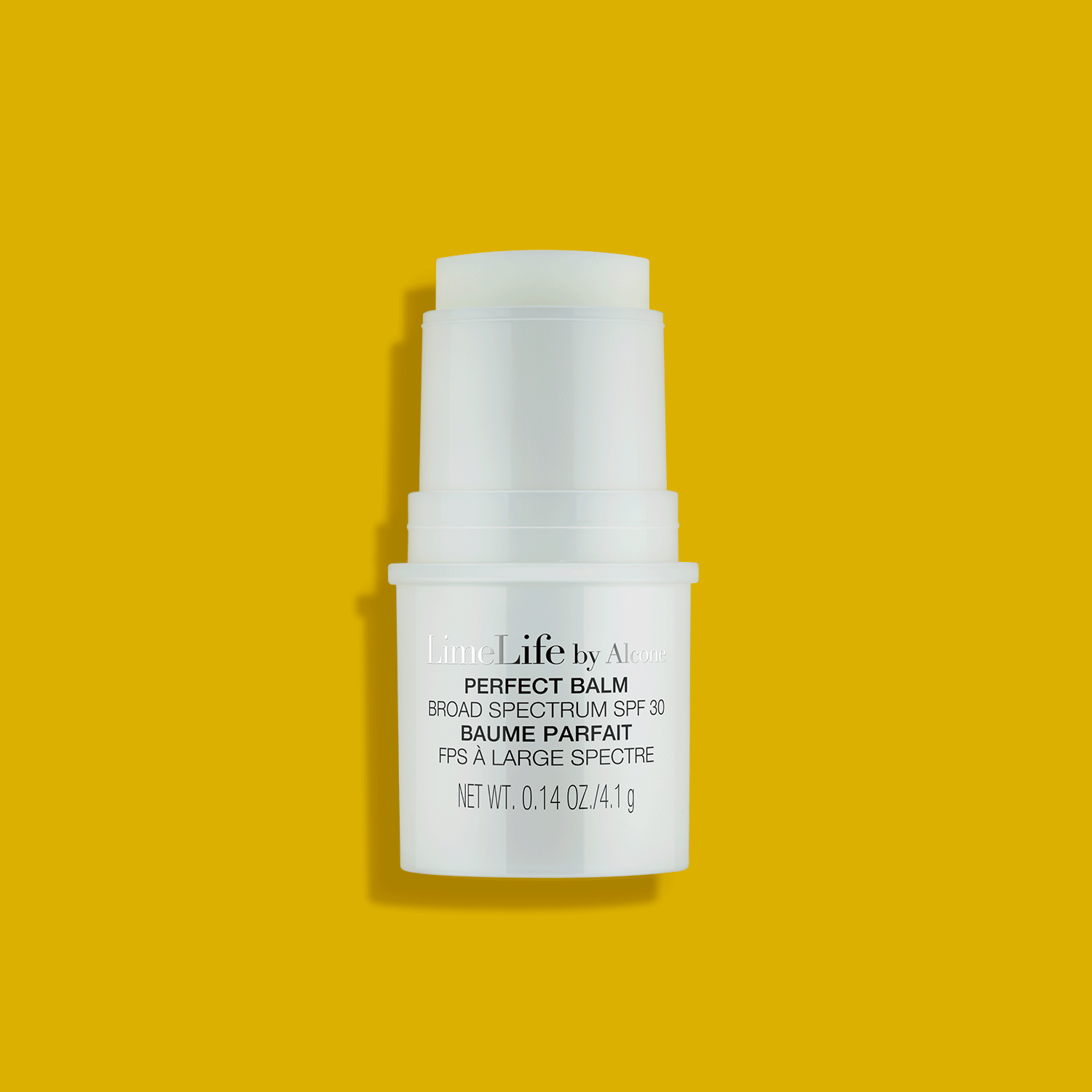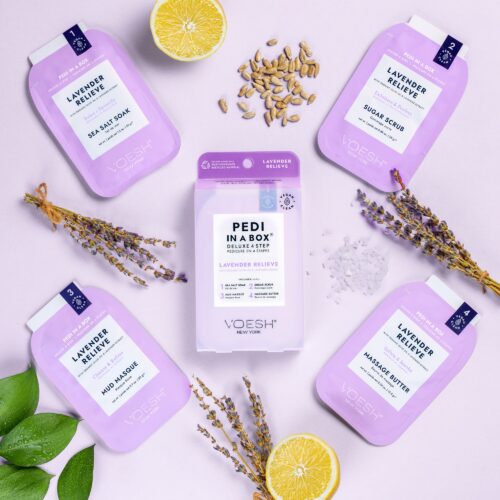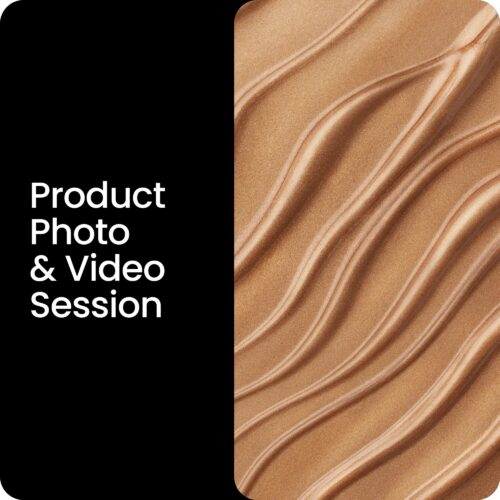What Type of Images You Actually Need to Launch a Skincare Brand
Starting a skincare brand isn’t just about what’s inside the bottle. The way your product looks online plays a big role in how it’s received. Clean visuals, consistent style, and well-planned imagery help your brand stand out, build trust, and drive interest across every platform.
Why Photos Matter So Much in Skincare
People don’t just buy skincare. They buy what it promises. When someone lands on your website or sees your product on Instagram or Amazon, they decide within seconds if they trust it. Professional beauty product photography does a lot of heavy lifting. It shows the quality of the packaging, gives a feel for the product’s texture, and highlights what makes it special. Without strong visuals, even the best product formula may not stand a chance.
Photographer Isa Aydin shares:
“First of all I always ask the customer to send me sample shots that they like to understand their vision and expectations to make sure our vision aligns. I also ask client, to send me their brandbook to see the colors and and make sure we produce images based on the brand regulations.”
Hero Product Images
These are your basics, high-quality shots of the product by itself, usually on a simple or white background. They’re used for online stores, Amazon listings, press kits, and more. Consistency here is key. Every image should reflect your brand’s look and feel.
Lifestyle Shots
These show the product in use — someone applying a serum, washing their face, or keeping the product on their bathroom shelf. The goal is to create familiarity and connection. These shots help customers picture the product in their routine.
Advertising Images
Ad shots are made for campaigns and are meant to grab attention. Think glossy magazine-style photos, social media ads, and banners. These are often more stylized, with makeup artists, set design, and models involved. You’re telling a story and making a strong impression fast.
Swatch or Texture Photos
Texture matters in skincare. Close-up photos of creams, gels, or oils — either on skin or a clean surface — help people understand consistency and feel. If your product includes shimmer, tint, or actives, these images are non-negotiable.
Photos Featuring People (Models & Influencers)
Model images help communicate who the product is for and how it looks in use. These are helpful not just for lifestyle pages but also for showing real application. Including different skin tones, genders, and age groups makes your brand more relatable and inclusive.
Videos for Your Skincare Line
Short videos are essential — especially now. TikTok, Reels, and YouTube Shorts allow you to show application, ingredient benefits, and transformations in a more dynamic way. These clips can be as simple as someone applying the product or as in-depth as a voiceover skincare routine.
Group or Family Product Shots
If your brand includes multiple products, group them together in clean, cohesive shots. Use these for bundles, collection pages, or email marketing. It helps customers see how the products fit together and gives your site a polished look.
User Content and Real Results
User-generated content (UGC) makes your brand feel real. Whether it’s a selfie, testimonial video, or customer review, this type of content adds credibility. It shows your product is actually used and trusted by others.
Teach While You Sell
Educational images build trust and authority. Break down your ingredients visually. Show how to apply products step-by-step. Use before-and-after images to show real progress. This kind of content increases buyer confidence.
Behind-the-Scenes and Brand Personality
People connect with brands that feel personal. Show your lab, your team, or your packing process. Give a peek into your day-to-day. These human touches help build loyalty and make your brand feel more relatable.
Platform-Specific Content
Instagram loves polished lifestyle shots. TikTok favors raw, real, fast videos. Pinterest likes clean and vertical pins. Prepare visuals in different formats so your content works wherever it’s seen.
Media Kit Must-Haves
Make it easy for media outlets and influencers to talk about you. Have a folder ready with transparent PNGs of your product, brand logos, and high-res portraits of your founder or team. This ensures you look professional in every placement.
Interview with Isa Aydin
Q: What do you look for when creating hero product shots for skincare brands?
“First of all I always ask the customer to send me sample shots that they like to understand their vision and expectations to make sure our vision aligns. I also ask client, to send me their brand to see the colors and and make sure we produce images based on the brandbook regulations.”
Q: What common mistakes do new skincare brands make when planning their photoshoot?
“The biggest mistake is client trying to do the photography on their own especially when launching the product. Like they say, you will always be remembered the way we saw you first time. When launching you need to consolidate all your strength and make the shot and make sure you have the best visuals all across the internet since it’s brand’s online presence.”
Q: How important is it to use real people (not just models) in skincare photography?
“It depends, in some case it is better to use professional models for example for advertising content and promotions materials in magazines, banners, online ads and website. But it is also to create UGC and lofi content and that’s where you use real people to produce UGC content, testimonials. This helps to build trust and show clients what real people think.”
Q: What gear or lighting setups do you usually rely on for skincare shots?
“We always try using minimalistic lighting setups and use the best lighting. We personally use Broncolor lighting systems which are undoubtedly the best professional lighting manufacturer in the world.”
Q: What do you recommend clients prepare before their shoot?
“Clients need to come prepared. First of all, before scheduling a shoot client needs to provide a very detailed moodboard to make sure photographer understands what is requested from him. Our studio personally helps creating the moodboards if client doesn’t have one or if the client is also utilizing our marketing services.”
Q: Do you offer AI-generated or virtual solutions for skincare brands on a budget?
“Despite we focus on prefer real content, we certainly provide AI generated content especially for UGC content.”
Q: What platforms are most important to prepare different image formats for?
“Amazon and D2C still remains the largest platforms to sell skincare products but TikTok Shop is growing fast. It has already surpassed Walmart and is getting closer to eBay sales. In general, all channels need to be utilized.”
Checklist Before You Go Live
Here’s what you need lined up before you launch:
- Hero product shots
- Tabletop lifestyle images
- Model-based lifestyle photos
- Polished ad shots
- Swatch and texture photos
- Short-form video clips
- Group shots of full product lines
- Ingredient/educational graphics
- Customer-generated content
- Media-ready files (PNG, logos, team photos)
- Platform-specific content
- Behind-the-scenes visuals
